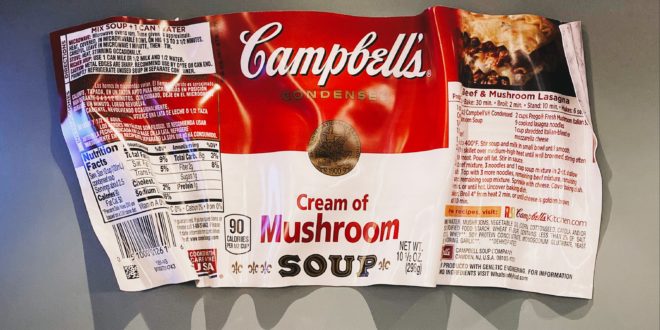If you’ve had a stock-take on your pantry or fridge lately, you may have unearthed some packages, jars and cans that have been there so long you don’t even remember purchasing them! But before you biff them in the bin, take a good hard look at the dates and details stamped on the labels or the containers themselves. Food waste is a huge issue everywhere in the world, and New Zealand is no exception. However, sometimes, what you think can’t be used, is actually perfectly OK to consume. Whether you’re trying to save yourself a trip to the supermarket, or simply wanting to safely make the most of what’s on hand, understanding the terms ‘Use-by’, ‘Best-before’, ‘Baked’ and ‘Packed’ will help you do it.

Use-by
Perishable foods are among the first of our supplies to become unsafe to eat when their time is up, which is why it’s important to check their use-by date thoroughly. Look for the use-by date on the likes of fish, meats, chicken, cheese and other chilled and non-chilled goods. But be aware: the use-by date refers to the safe-to-eat status of a food in a package which hasn’t been opened. Once the package containing the goods has been opened, there is then a narrow window of opportunity, within the use-by date, in which the perishable food can be safely consumed. This narrow window assumes that the opened perishable goods are being safely stored according to the guidelines on the packaging. Within this narrow window, bacon will last 1 week, cottage cheese 3 days, fresh fish 1-2 days, fresh chicken 1-2 days, sausages 1-2 days, and roast meat 3-5 days. Goods such as butter will last as long as 8 weeks. To prevent food waste, perishables can be frozen for a time immediately after having been opened, or shared with others. After food has reached its used-by date, it cannot legally be sold, and should not be consumed.
Best-before
It comes as a surprise to even the food labelling literate that, providing it has been stored correctly, food can still be sold and eaten after its best-by date. However, the food may not have quite the nutritional value that it had when it was first packed, and it may have lost some of its original flavour. Where things get a little tricky is with food products that have a shelf life of more than 2 years (canned and bottled goods often come into this category). In cases like this, it pays to recognise when a long shelf-life product really is past its best. Some vital signs of potential spoilage include bulging cans, dented cans (which although aren’t a concern in themselves, may have a fracture along the ‘fold line’ where air can get into the can), and rust on cans and on the lids of jars (which can cause small holes that admit air into the food). Even if these signs don’t present themselves, if the food smells bad once you have opened it, or has mould on it, discard it immediately.
‘Baked’ and ‘Packed’
Food suppliers aren’t legally required to stamp these dates on their packages, but if the details are present, they are a good guide as to how fresh the products are. Goods with a shelf life of less than 7 days may contain a ‘Baked on’ date, while ‘Packed on’ gives buyers an indication of how long a food product has been on the supermarket shelf. This information is especially important to check when supermarkets are quick-selling baked goods they have displayed for some time.
Whatever the food-labelling on your purchased foods tells you, always use your common sense to err on the side of caution.










Join the Discussion
Type out your comment here:
You must be logged in to post a comment.